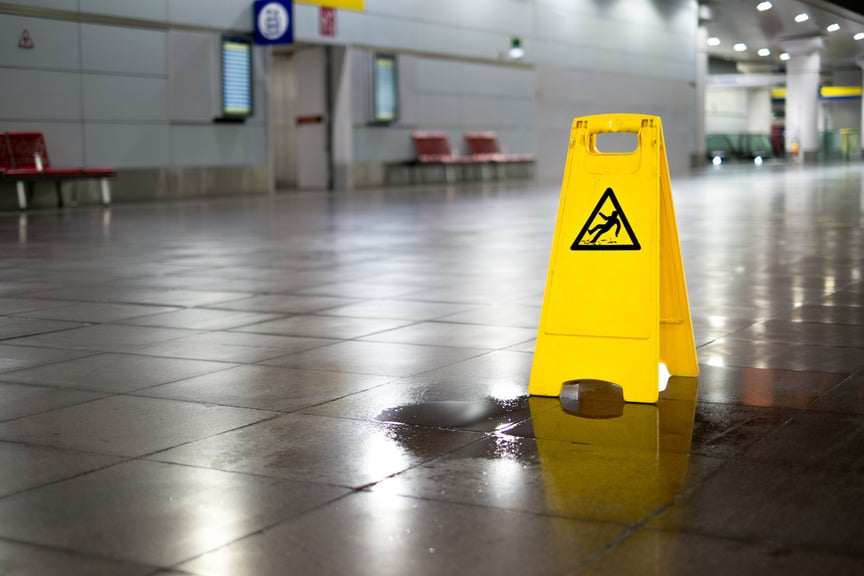Negligence is a fundamental legal concept in personal injury law, especially in cases relating to slip and fall accidents. Negligence arises when an individual or entity fails to exercise the level of care that a reasonable person would in similar circumstances, thereby leading to harm or injury to another.
The Four Elements of Negligence
In personal injury law, particularly in slip and fall cases, proving negligence is paramount. To do so, a clear and comprehensive understanding of the four core elements of negligence is necessary:
- Duty of Care: The initial component of negligence is establishing that the defendant, which could be the property owner or occupier, owed a legal obligation or duty of care to the plaintiff. Essentially, the law requires property owners to maintain their premises in a safe condition and reasonably free from hazards. The specific nature of this duty can vary based on the relationship between the parties and the specifics of the situation. Still, the underlying principle remains the same: individuals should be able to visit premises without fearing for their safety due to preventable hazards.
- Breach of Duty: Once the duty of care has been established, the next step is to prove that the defendant breached this duty. A breach refers to a violation of the duty of care, meaning the defendant did not uphold their responsibility to maintain a safe environment. For instance, if a store owner was aware of a spillage on the floor and did not clean it up promptly or put up a warning sign, they have breached their duty of care to their customers.
- Causation: Proving causation involves establishing a direct link between the breach of duty by the defendant and the accident that occurred. In other words, it must be shown that the slip and fall accident would not have happened if not for the defendant’s negligent act or omission. This can often be the most challenging part of a personal injury case, as it requires demonstrating that the dangerous condition directly led to the accident.
- Damages: Lastly, it must be proven that the plaintiff suffered some form of damages or injuries as a direct result of the defendant’s negligence. These damages could be physical, such as broken bones or sprains. Emotional, like trauma or anxiety. Or, of course, financial, like medical bills or lost wages due to the inability to work. It’s important to note that the harm suffered must be something that can be compensated by a monetary award, as the purpose of personal injury law is to restore the injured party to the position they were in prior to the incident.
In essence, each of these elements forms a critical link in the chain of establishing negligence in a slip and fall case. Failure to adequately prove any one of these components can significantly weaken a claim, making it essential to gather comprehensive evidence and seek expert legal guidance.
Why Legal Counsel is Crucial in Slip and Fall Cases
Building a successful slip and fall case can be complex. A qualified personal injury attorney can help identify negligence, gather sufficient evidence, and navigate the legal process on your behalf.
At Gash & Associates, P.C., we’re more than just attorneys. We’re your passionate advocates, providing personalized and compassionate legal representation to those who’ve suffered personal injuries. Our focus is not just on winning your case, but on ensuring you get the justice you deserve.
Your justice is our passion. To discuss your case and find out how we can help you, call Gash & Associates, P.C. today at (914) 328-8800.


